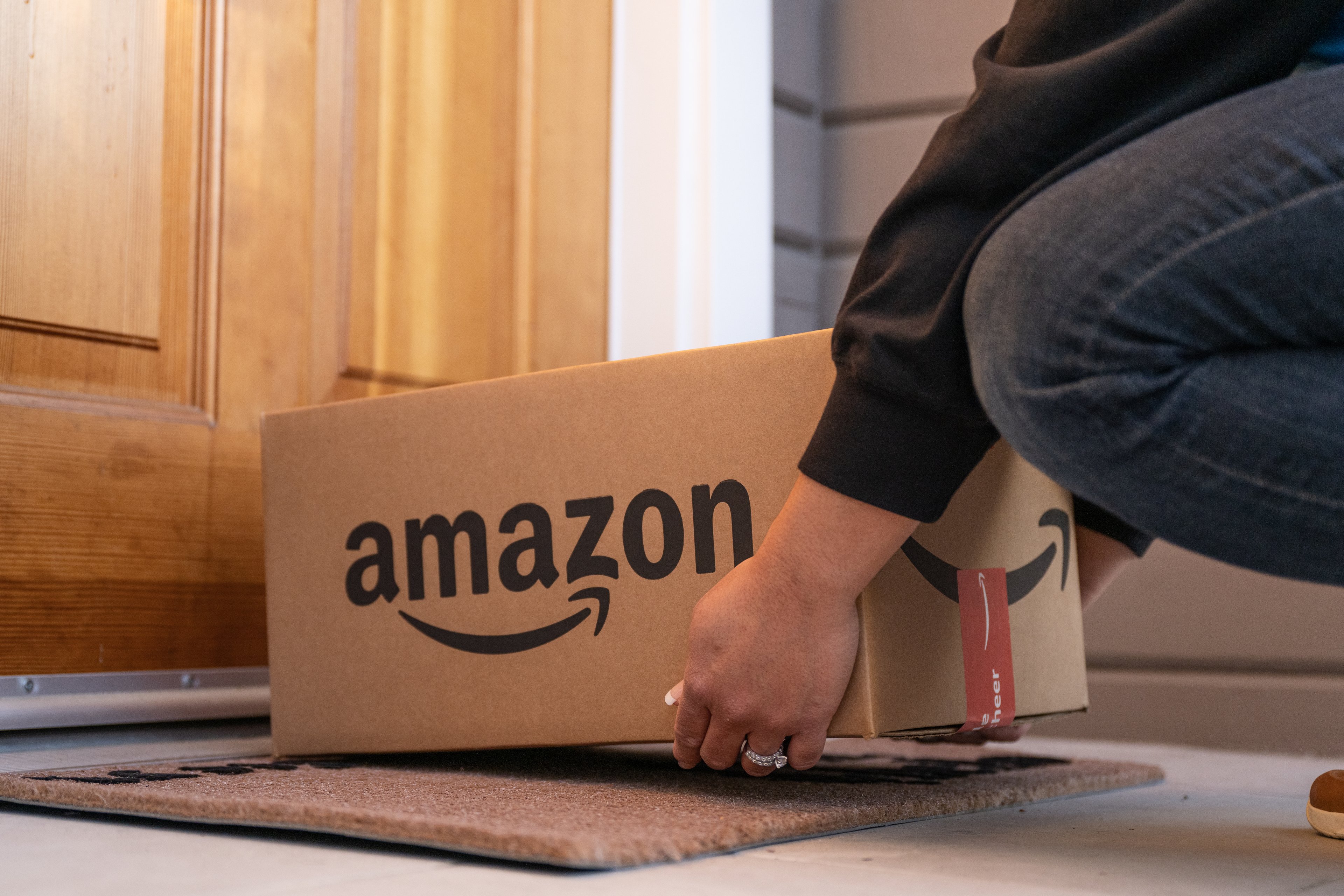
Prime subscribers could buy the Fire TV Stick for $19 in the first two days of sales. Source: Amazon.
When Amazon.com (AMZN +0.79%) released its Fire TV Stick video streamer in October, it offered a special deal to Prime subscribers. They could get the $39 device for $19 if they bought it early. The cross-promotion of its devices with Prime continued with the launch of the Echo virtual assistant in the following weeks, with Prime members offered $100 off the $199 price tag. And Amazon is continuing to subtly push more of its shoppers to pay for Prime if they weren't already swayed by two-day shipping and a growing instant streaming library.
In 2014, Amazon has added more benefits to its $99-per-year Prime program: a music streaming service, unlimited photo storage, flat-rate shipping on up to 45 pounds of groceries, and, most recently, exclusive access to Amazon's new line of home essentials. The latter benefits make Prime feel more like a Costco (COST +0.14%) membership than an over-the-top streaming service. Unsurprisingly, the business model looks similar as well.
All about memberships
Costco makes up for its extremely thin margins by selling memberships for $55 per year. In fiscal 2014, the company produced net income of $2.1 billion, but generated over $2.4 billion in membership fees. Gross margin on Costco's general merchandise is less than 11%, and the rest of that margin is nearly wiped out by selling, general, and administrative expenses.
If this sounds familiar to Amazon investors, it's because that is almost exactly how Amazon.com operates. Margins are extremely low, and investments in additional distribution centers and other benefits for customers has made profit nonexistent.
But Prime members pay an extra $99 per year to Amazon. The average annual profit per Amazon Prime member in 2012 was about $78 higher than non-Prime subscribers, according to one estimate from back in 2013, when Prime cost $79 per year. In other words, after factoring in all the additional costs of Prime benefits for Amazon, it still made nearly a 100% profit margin on sales of Prime memberships. A recent study from RBC found that Prime subscribers spend almost $538 a year versus the $320 per year spent by non-subscribers.
Understanding that makes it clear why Amazon is pushing Prime on seemingly every page of its online store. It also makes sense for the company to expand benefits to niche audiences such as online grocery shoppers, early gadget adopters, and eco-conscious moms and dads. Last week, Amazon.com launched Amazon Elements -- " premium, everyday essentials with transparent origins" -- with its first two products being diapers and baby wipes.
Copying Costco
Amazon is taking a page out of Costco's book by offering exclusive discounts and products to members. Costco's prices are often lower than the competition (obviously made up for in membership fees), and it offers exclusive products and private-label products unavailable elsewhere.
From the looks of it, Amazon will continue to expand its Prime-exclusive product line and the Prime member discounts aren't just for Amazon's own line of products. Earlier this year, Prime members received a $200 discount on Vizio TVs, could order a subscribe-and-save item for 50% off, and received discounts on baby supplies.
Amazon has an estimated 50 million Prime subscribers already, but it's not going to stop until every shopper has a reason to switch to Prime.






